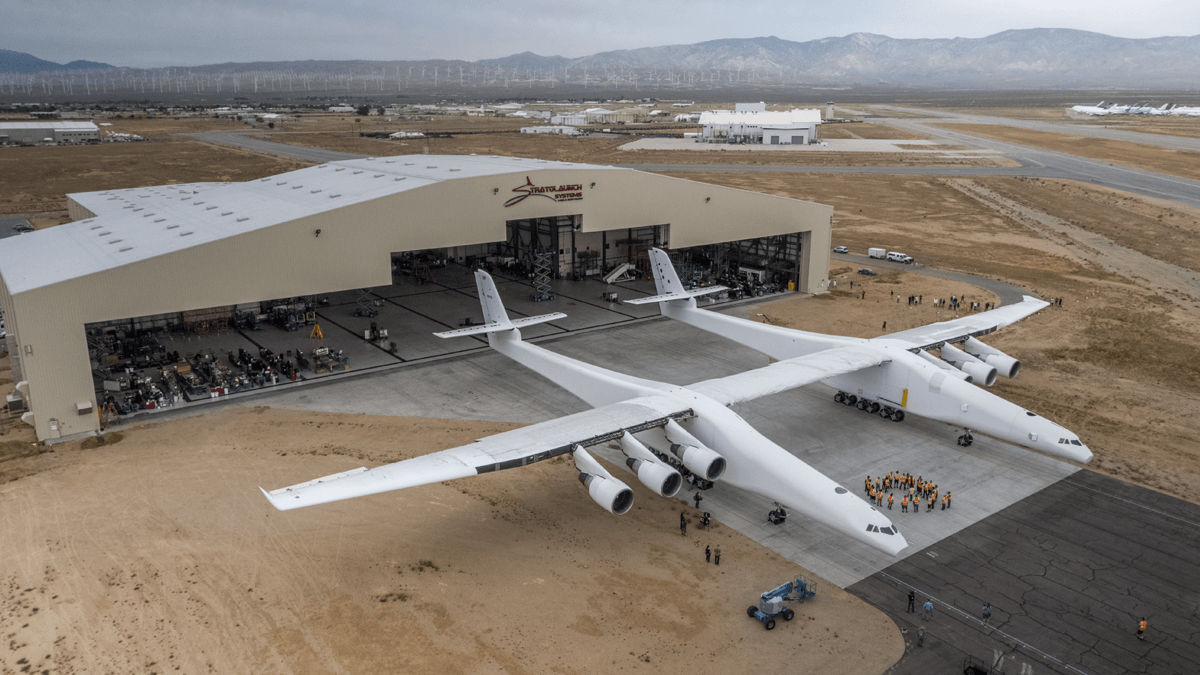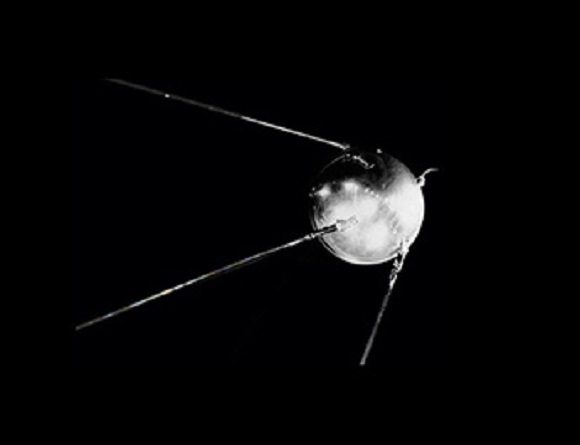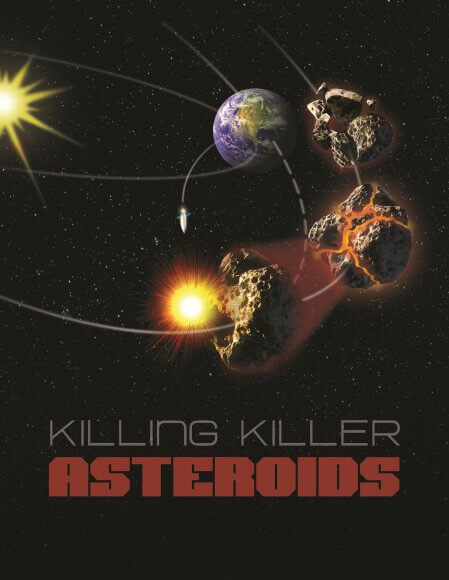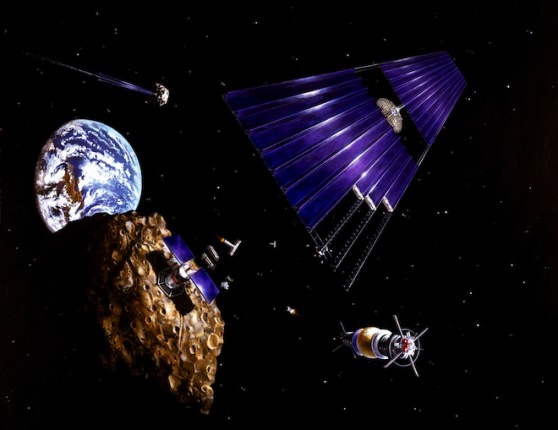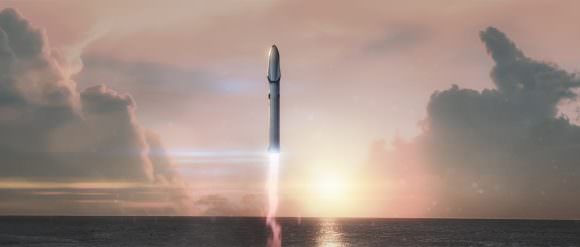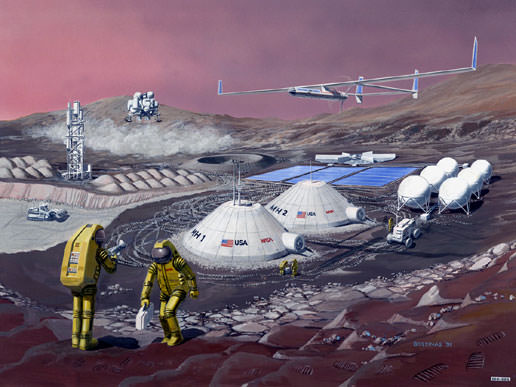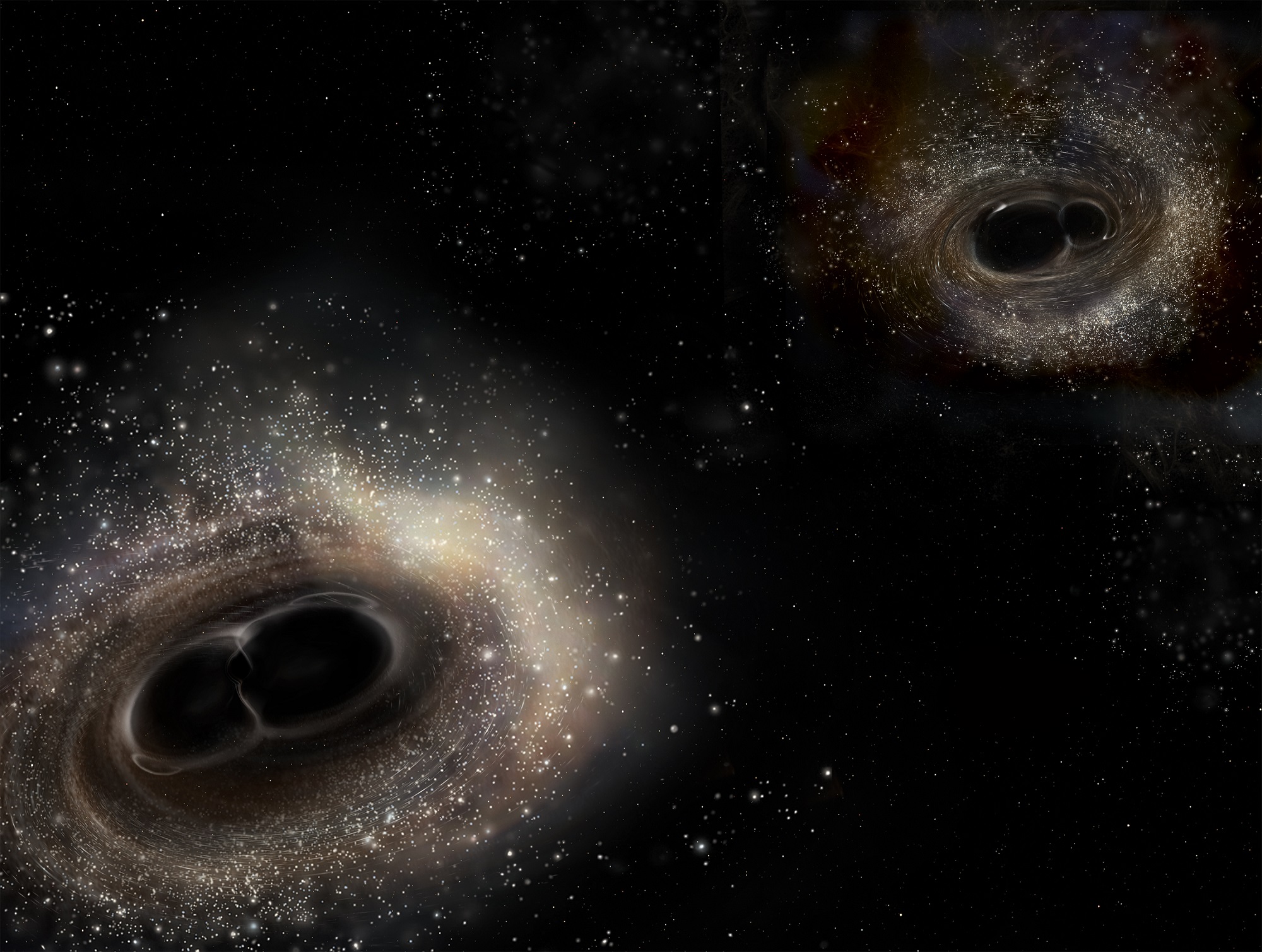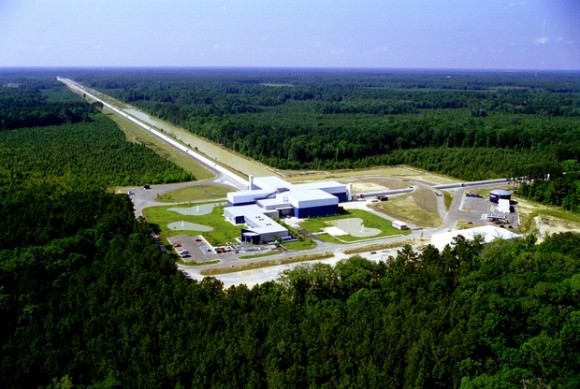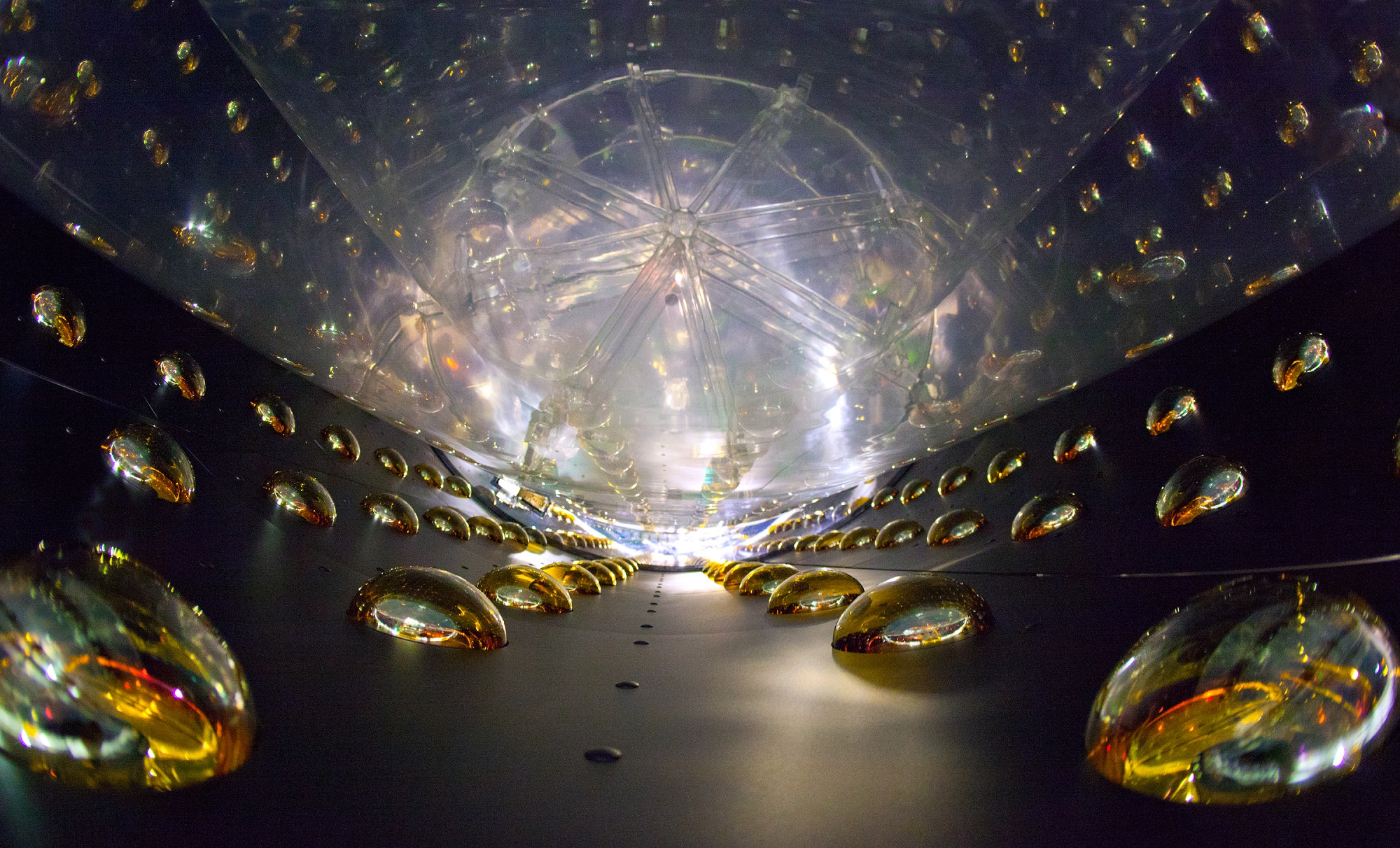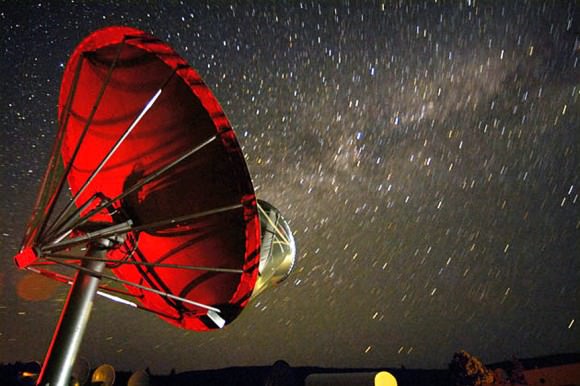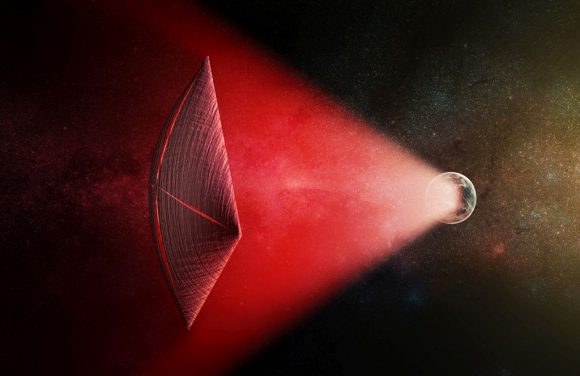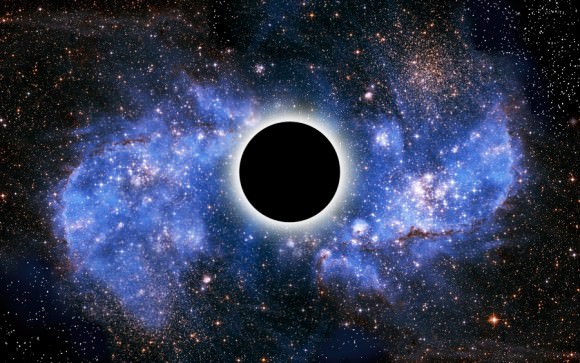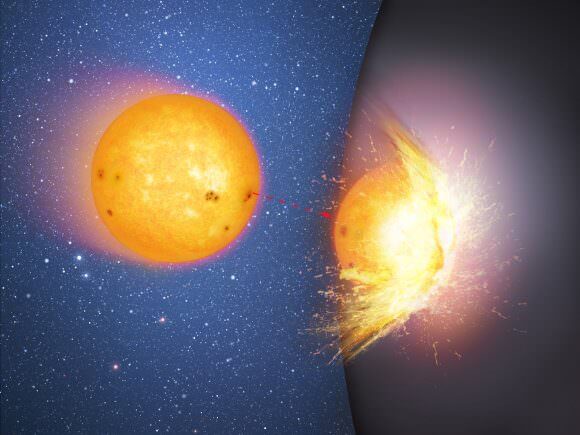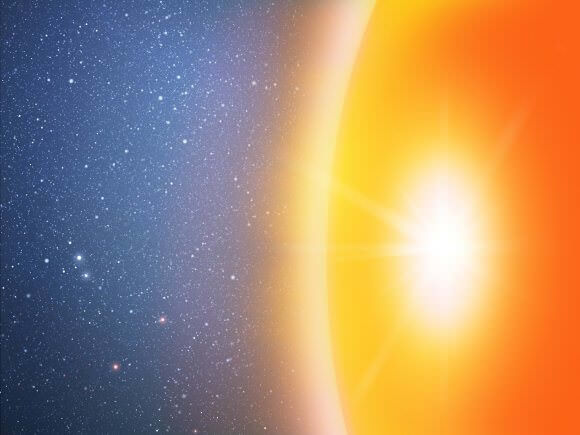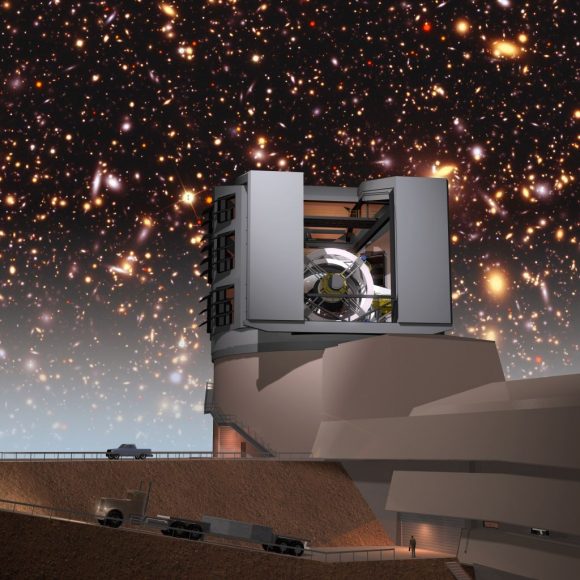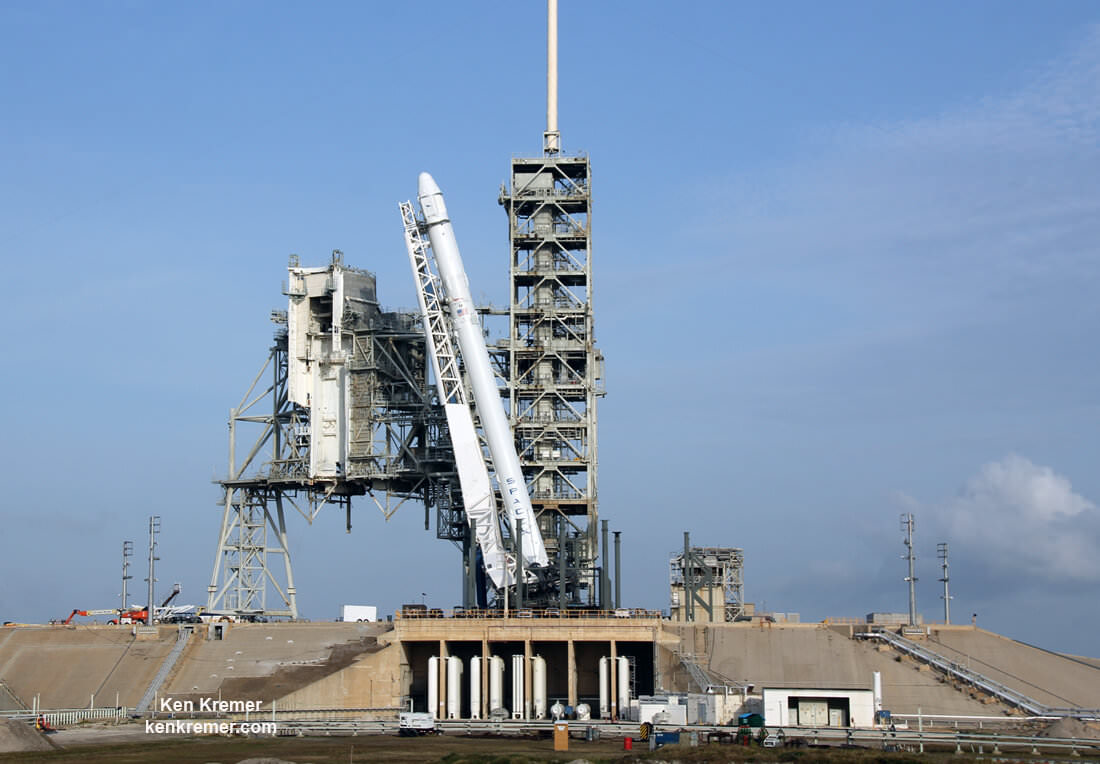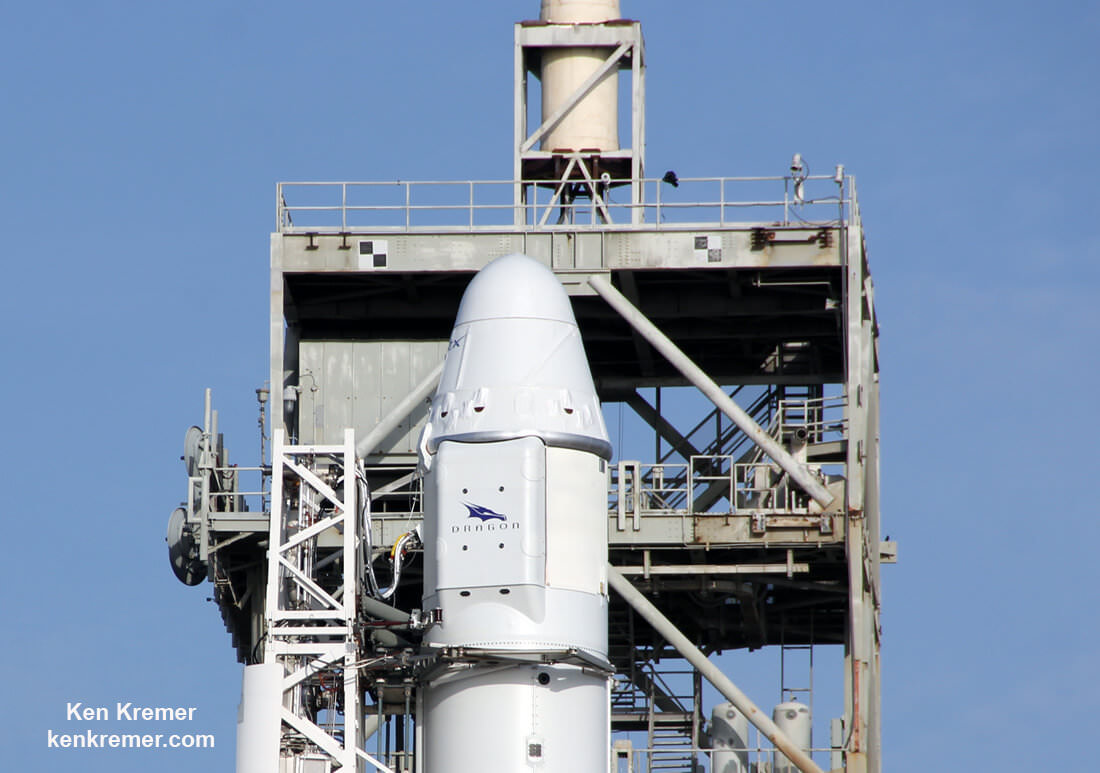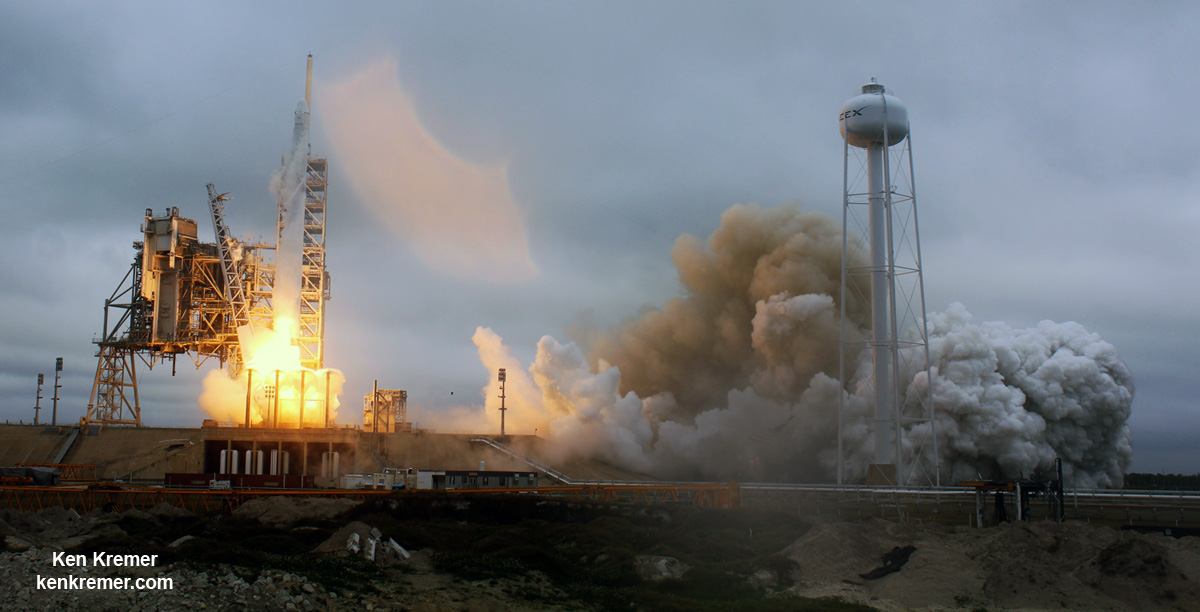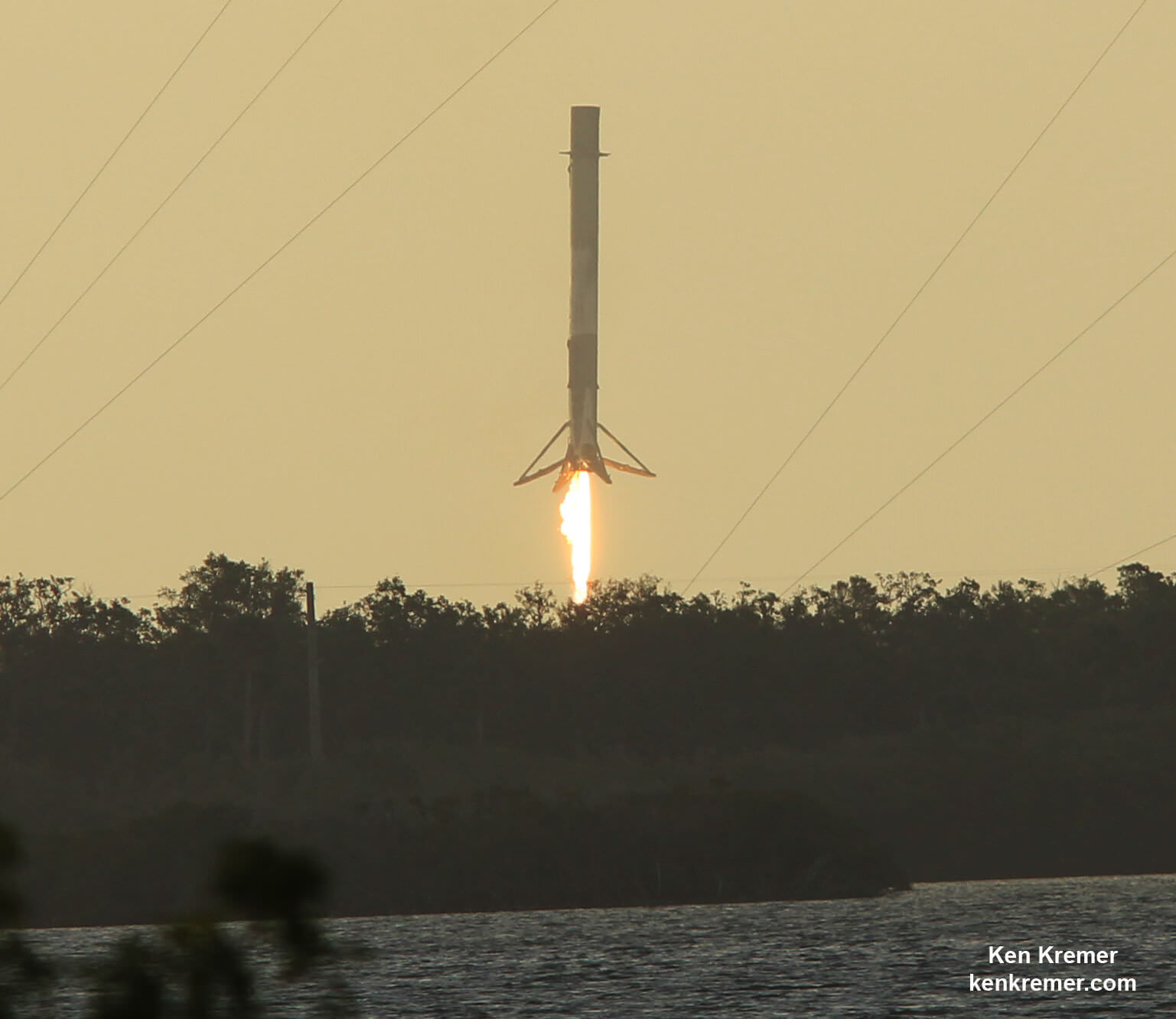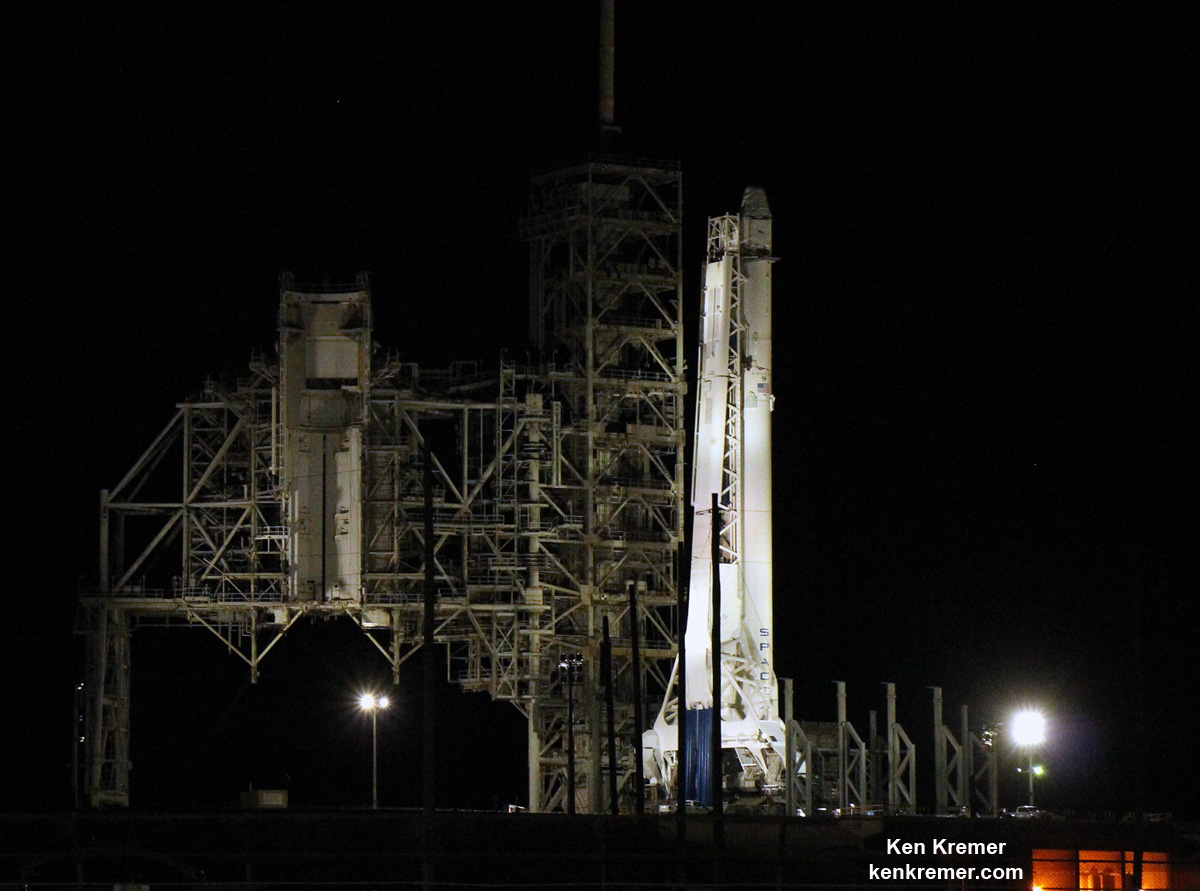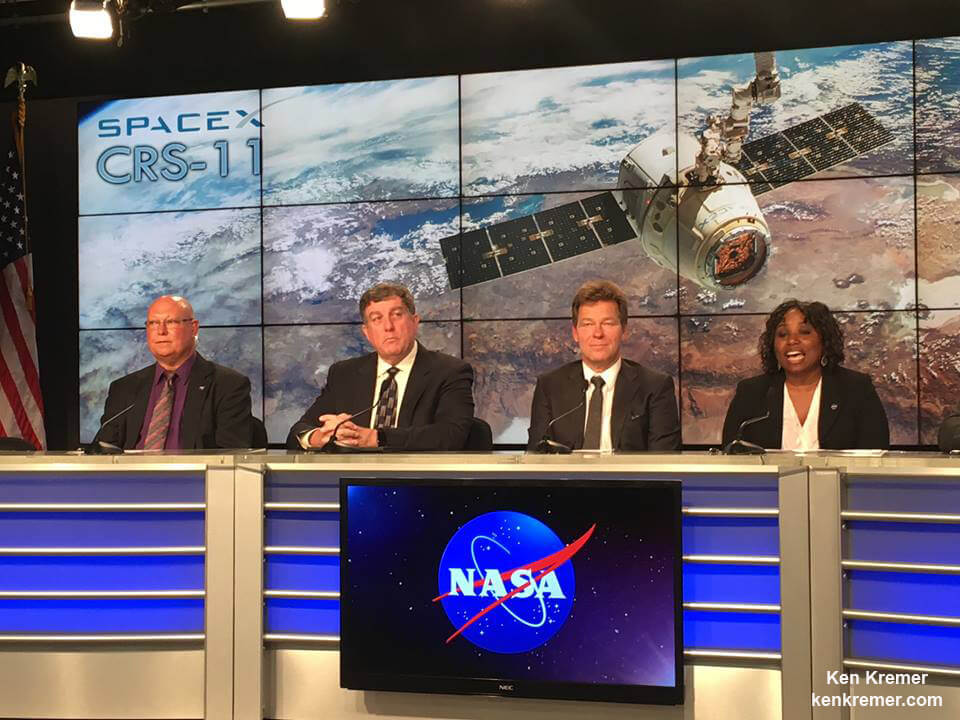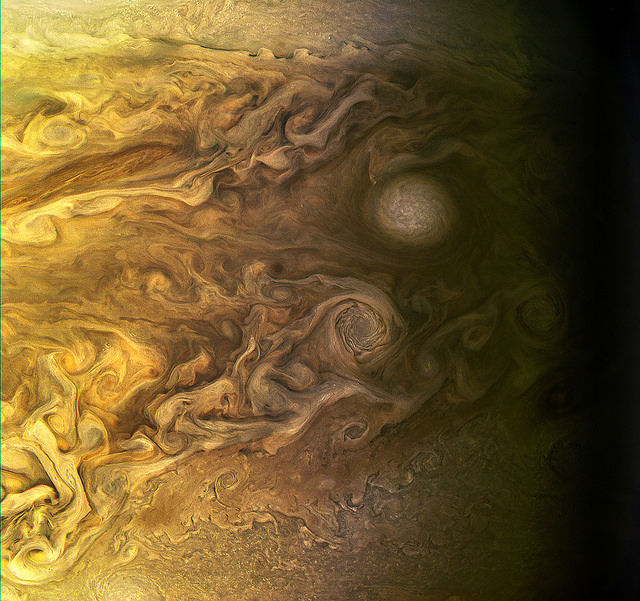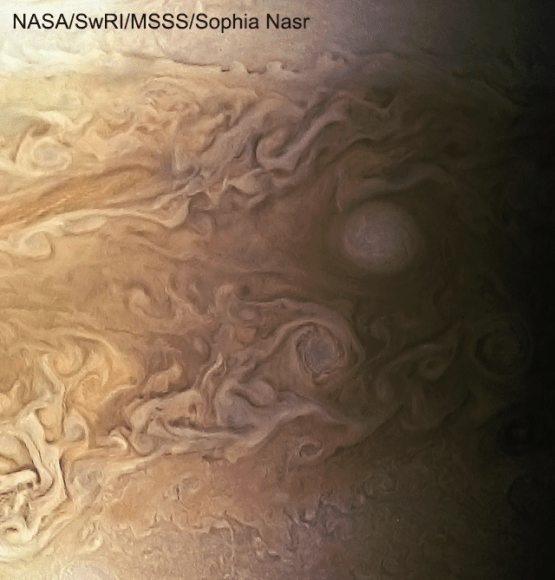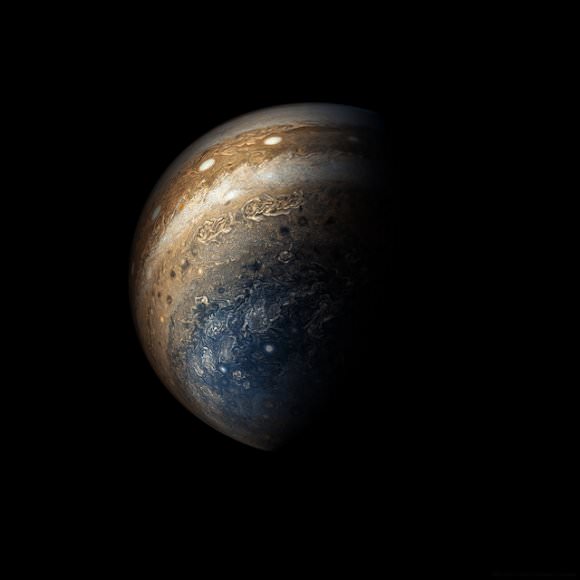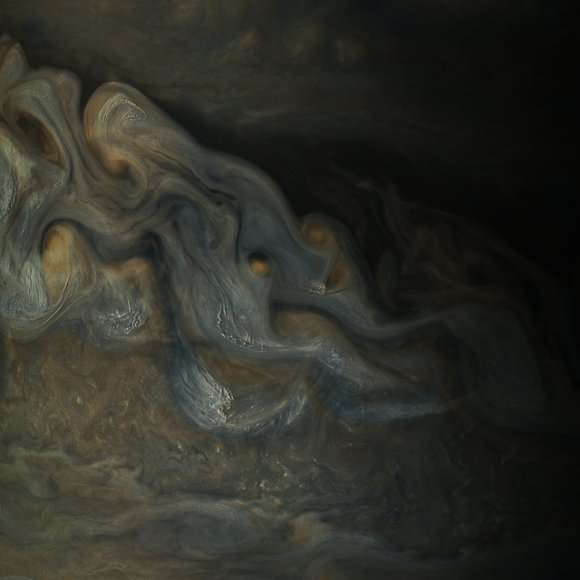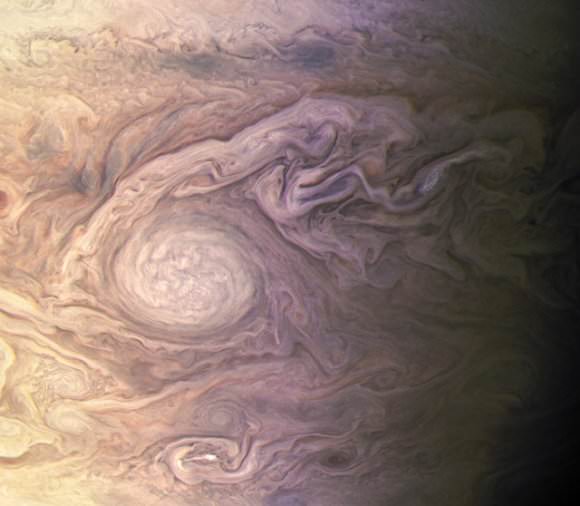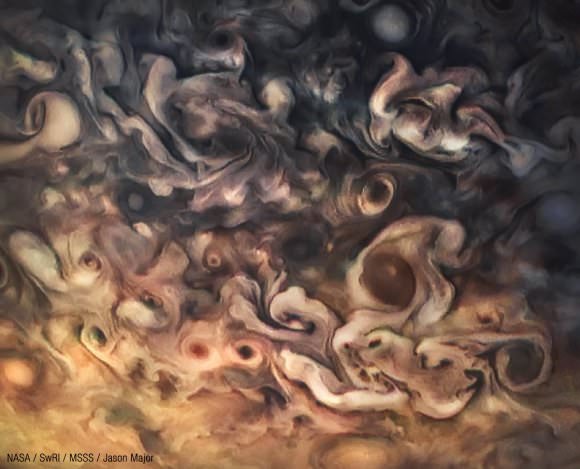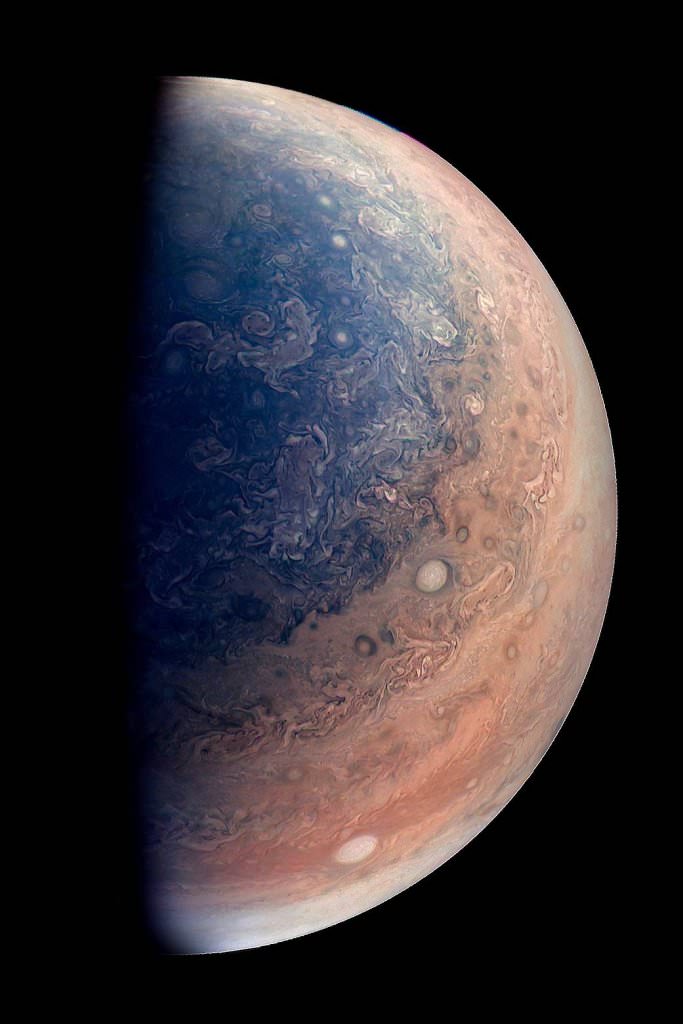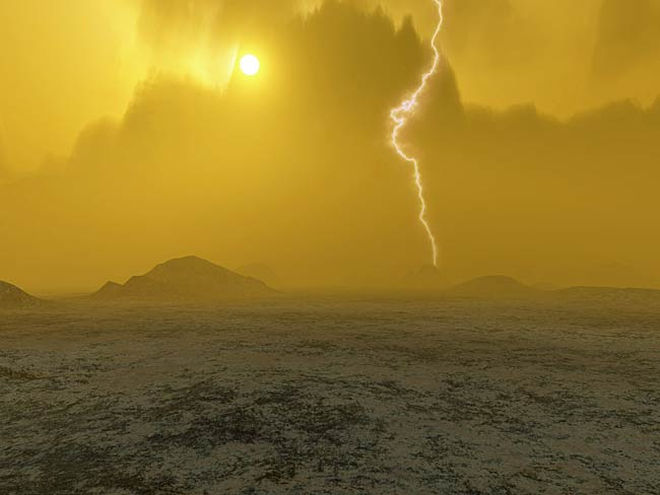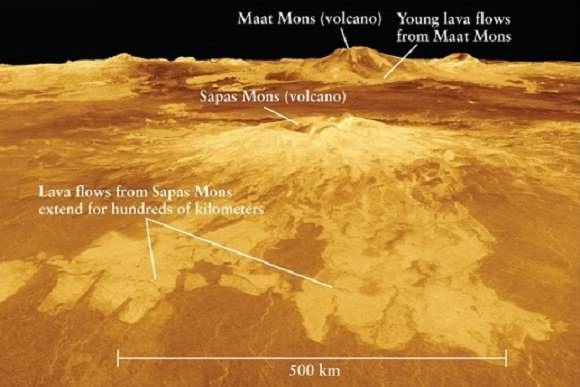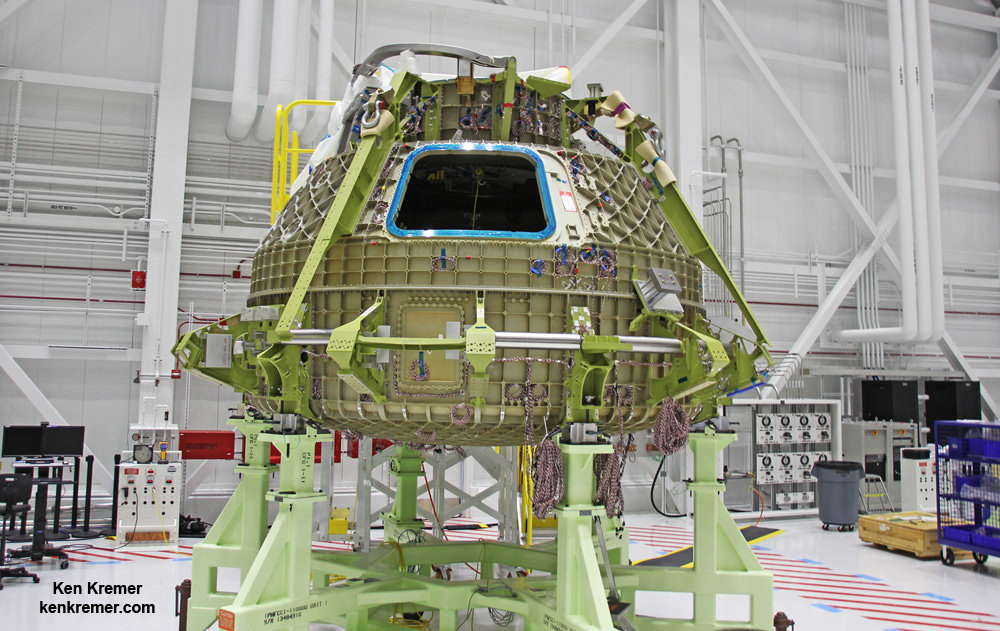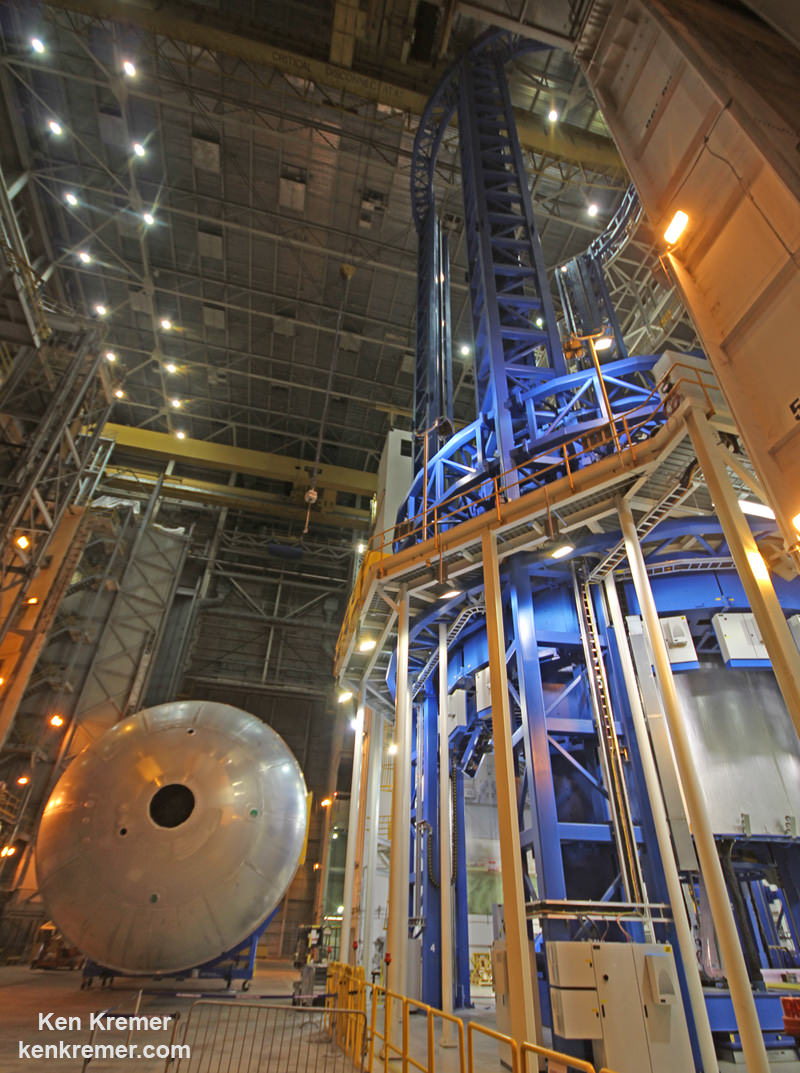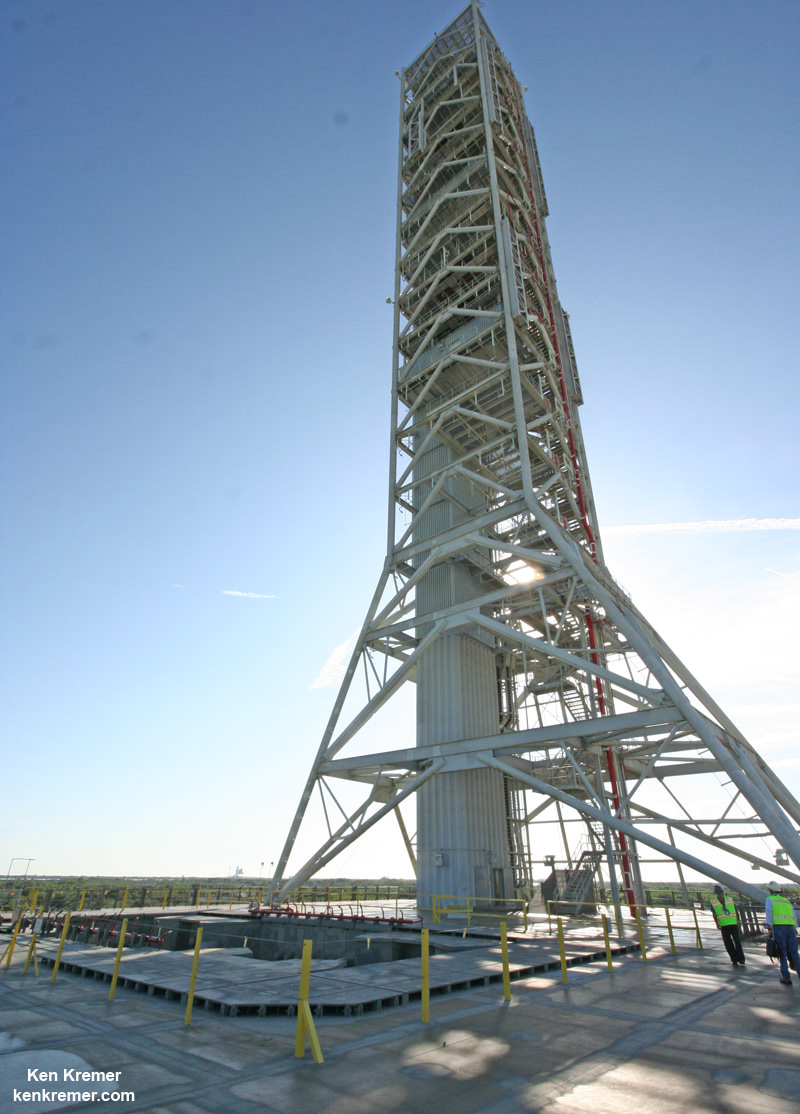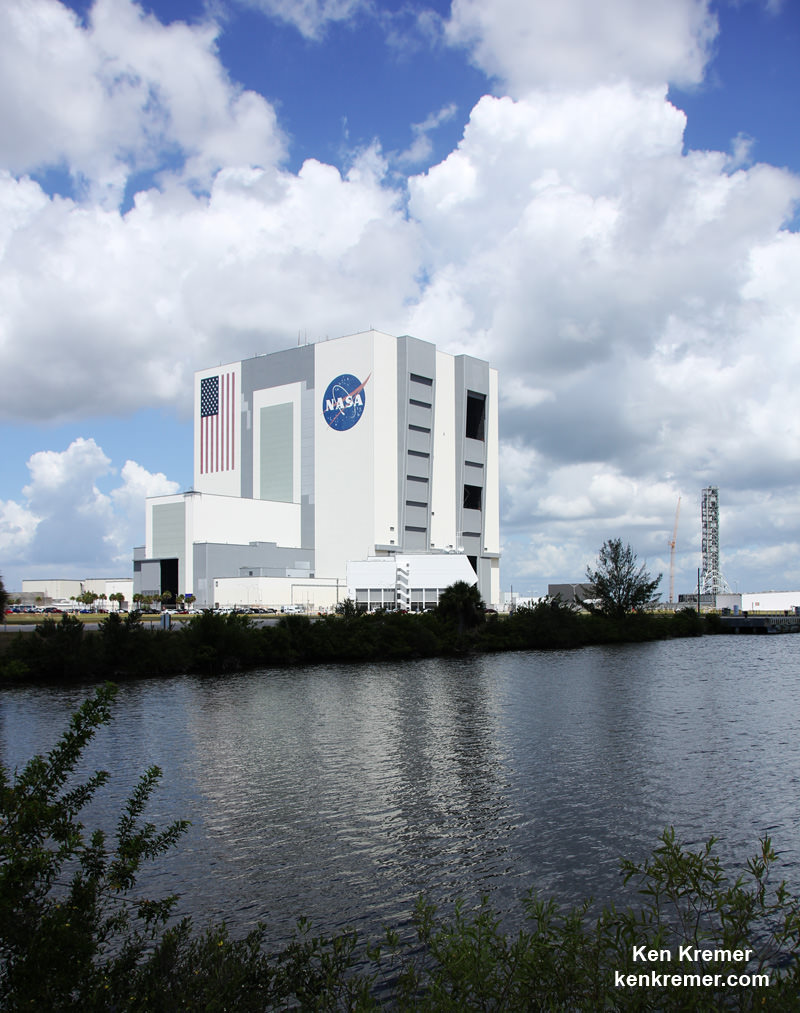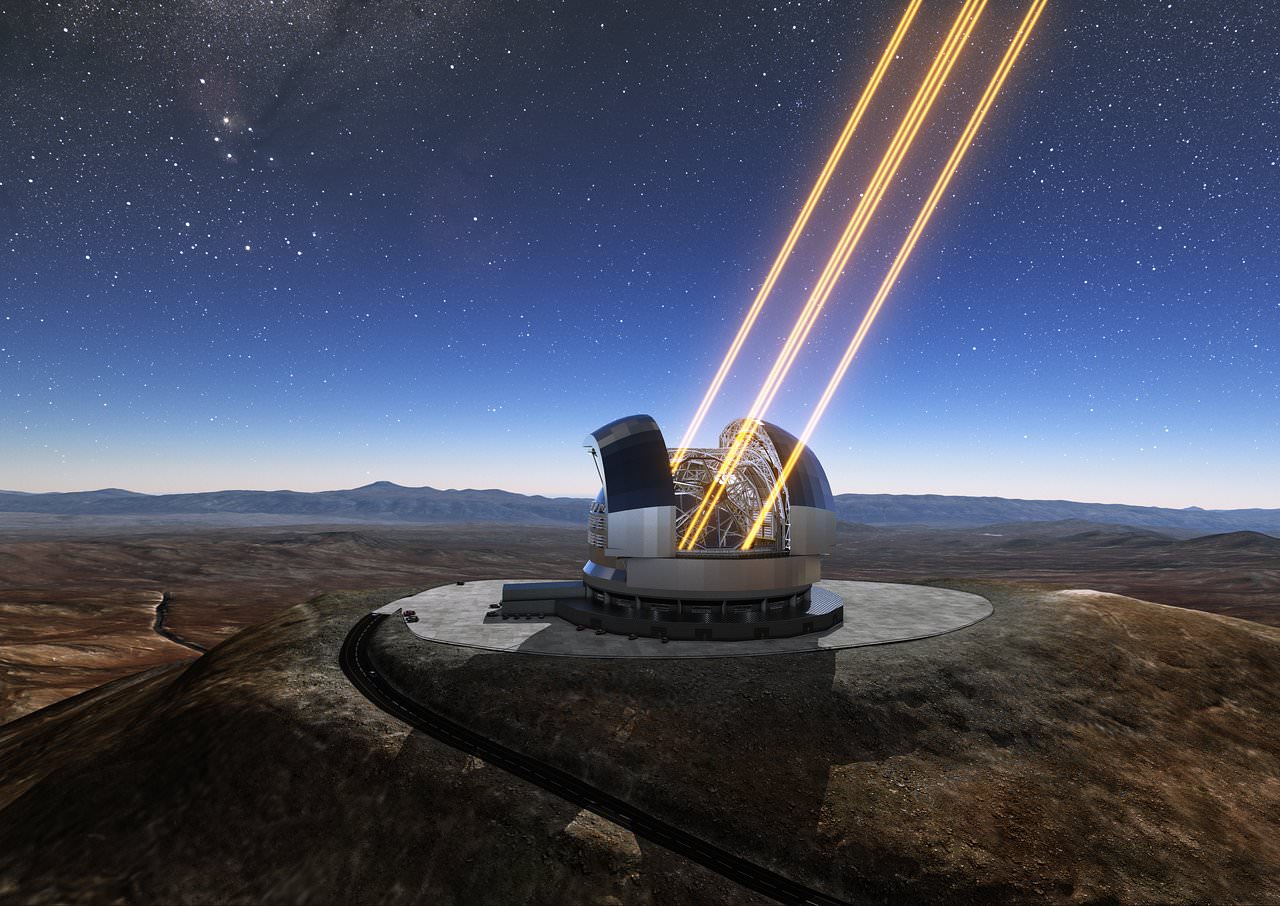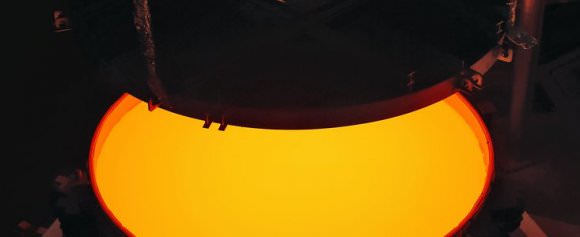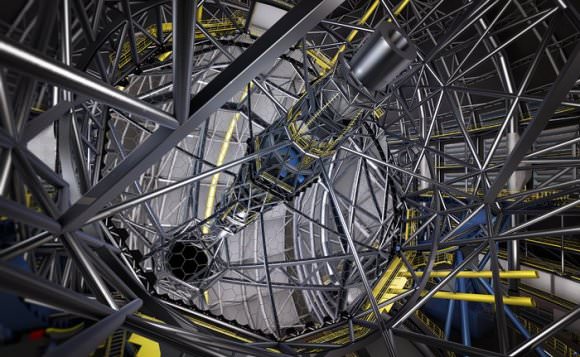In 2011, Microsoft co-founder Paul G. Allen and Scaled Composites founder Burt Rutan announced the launch of their private space venture. Known as Stratolaunch Systems, this Seattle-based company was founded with the intention of developing air-launch-to-orbit systems. Similar to Virgin Galactic’s SpaceShipTwo, this concept involves a large air carrier flying rockets to launch altitude as cost-effective means of delivering small payloads to orbit.
On Thursday, May 31st, the company unveiled their launch vehicle, the Scaled Composites Model 351 (aka. the “Roc”). Consisting of two 747 hulls mated together, this aircraft is the the largest in the world – spanning 117 meters (385 ft) from one wingtip to the other and weighing 226,796 kg (500,000 lbs). This plane will make its first test flight in a few days time, and the company hopes to make its first commercial launch by 2019.
The rollout of the Roc – which took place at the company’s hangar facility at the Mojave Air and Space Port in California – was a media circus. In addition to being the first time that the public got to see the aircraft since construction began, the occasion marked the beginning of several tests which will take place over the coming days – including fueling tests, engine runs, taxi tests, and its first test flight.
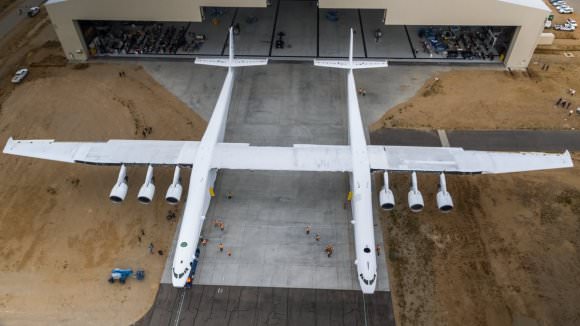
As Stratolaunch CEO Jean Floyd said in a press statement:
“We’re excited to announce that Stratolaunch aircraft has reached a major milestone in its journey toward providing convenient, reliable, and routine access to low Earth orbit. Today, we’re moving the Stratolaunch aircraft out of the hangar – for the first time ever – to conduct aircraft fueling tests. This marks the completion of the initial aircraft construction phase and the beginning of the aircraft ground and flight testing phase.”
Measuring about 72.5 meters (238 ft) from nose to tail, the aircraft also stands 15.24 meters (50 ft) tall, measured from the ground to the top of the vertical tail. It has a maximum takeoff weight of 589,670 kg (1.3 million lbs), meaning that it is capable of airlifting payloads of up to 249,476 kg (550,000 lbs). These kinds of payloads mean that it will be capable of flying rockets and heavy space planes to launch altitude.
Last fall, the company announced their plan to conduct a launch using a single Orbital ATK Pegasus XL vehicle, a three-stage rocket used to deploy small satellites to Low-Earth Orbit (LEO). This agreement was part of a multi-year collaboration between the two companies, which would see the former combining their aircraft with the latter’s extensive air-launch experience.

First unveiled in 1990, the Pegasus XL quickly established itself as a cost-effective means for launching small payloads to LEO. These typically would consist of small satellites weighing up to 443 kg (977 lbs) from beneath a NASA B-52 aircraft. Since then, the Pegasus has carried out 43 space launch missions and successfully placed a total of 94 satellites into orbit for various reasons – ranging from scientific research and communications to defense.
In time, the company plans to explore a wide range of launch vehicles that can provide flexibility in terms of missions and payloads. But in the meantime, they will be conducting ground and flight line testing from the Mojave Air and Space Port to ensure that Roc is capable of doing all it was designed for. If all goes well, they plan to make their first commercial launch by 2019.
“This marks a historic step in our work to achieve Paul G. Allen’s vision of normalizing access to low Earth orbit,” said Floyd. “It is proud day for us at Stratolaunch, for our partners at Scaled Composites, and for our founder Paul Allen. We have a lot of exciting activity ahead as we enter the testing process, and we look forward to sharing our progress during the coming months.”
One of the hallmarks of the commercial aerospace (aka. NewSpace) industry has been the development of cost-saving measures. Whereas companies like SpaceX and Blue Origin has looked to reusable rocket technology, other companies have sought to reduce costs with Single-Stage-to-Orbit (SSTO) rockets and plug-in payloads. Air-launch-to-orbit systems are just another way in which space is becoming more accessible.
And be sure to check out this video of the Roc’s unveiling:
Further Reading: Stratolaunch News

